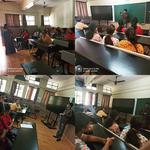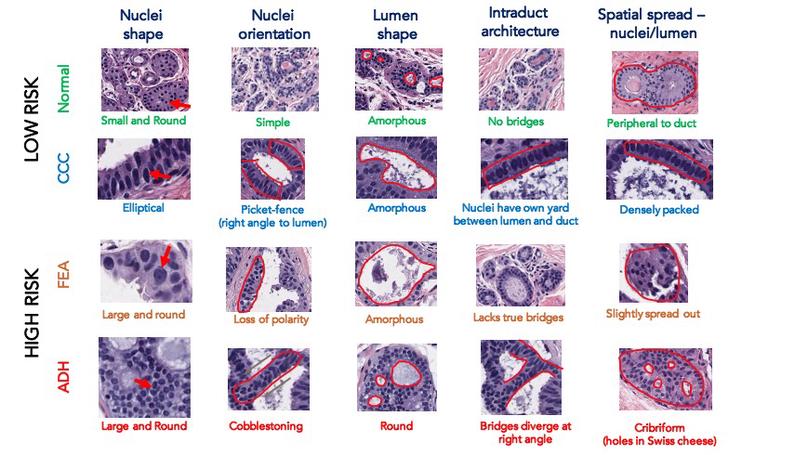Akash Parvatikar
PhD Candidate
Computational Biology
Carnegie-Mellon and University of Pittsburgh School of Medicine
Biography
Akash is a PhD candidate specializing in biomedical imaging informatics and computational and systems pathology. He is interested in investigating the intrinsic characteristics of biomedical images at multi-scale resolutions using statistical modeling, computer vision, machine learning, and graph-based deep learning techniques. He has developed explainable artificial intelligence (AI) algorithms to understand the origins of diagnostic discordance in differentially diagnosing a broad spectrum of breast lesions from digitized histopathology images. He is also serving as a Member of the Review Board for Journal of Pathology Informatics (JPI) and Signal, Image and Video Processing. He is also an active member of the Digital Pathology Association (DPA).
Download my resumé.
- Computational and Digital Pathology
- Spatial Biology
- Explainable Artificial Intelligence
- Computer Vision
- Biomedical Informatics
- Graph Learning
- Statistics and Machine Learning
-
PhD Candidate in Computational Biology, expected Spring 2022
Joint Carnegie-Mellon and University of Pittsburgh, USA
-
MS in Information Science, 2018
University of Pittsburgh, USA
-
BTech in Electronics and Communication Engineering, 2016
R.V. College of Engineering, India
Skills
Experience
- Investigate the mechanistic underpinnings of inter- and intra-class diagnostic variability in histopathology images and spatial intratumoral heterogeneity in multiplex image data
- Develop computational pathology tools for the challenging task of correctly classifying sub-categories present within the diagnostic spectrum of breast lesions
- Conceptualize an explainable AI framework intended to capture the visual diagnostic thinking of the pathologists
- Build a computational pathology-based cognitive assistant by demonstrating perceptual and planning components which are useful in bringing the above technologies to everyday pathology practice
- Advisor: Dr. S. Chakra Chennubhotla and Committee members: Dr. Jeffrey L. Fine, Dr. Robin E.C. Lee, Dr. Min Xu, and Dr. Arvind Ramanathan
- Developed computational tools to analyze high-throughput, low-resolution Cryo-Electron Microscopy images for betagalactosidase, a bacterial enzyme
- Gathered necessary skills to use RELION (Regularized Likelihood Optimization) software that uses Bayesian statistics to reconstruct three-dimensional representation of biomolecules to near atomic resolution from two-dimensional micrographs data obtained by taking snapshots of macromolecule in different orientations
- Mentor: Dr. Arvind Ramanathan
- Contributed in developing ANCA software (Anharmonic Conformational Analysis) as an extensible framework to characterize anharmonic events and enable a deeper analysis of their functional relevance
- Contributed in developing toolbox that provides modules to measure long tail behavior of complex protein fluctuations by chasing higher order statistics
- Mentor: Dr. Arvind Ramanathan
Featured Publications
Recent Publications
Contact
- akash.parvatikar@gmail.com
- +1-865-283-9384
- 125 Stratford Ave, Pittsburgh, PA 15206


